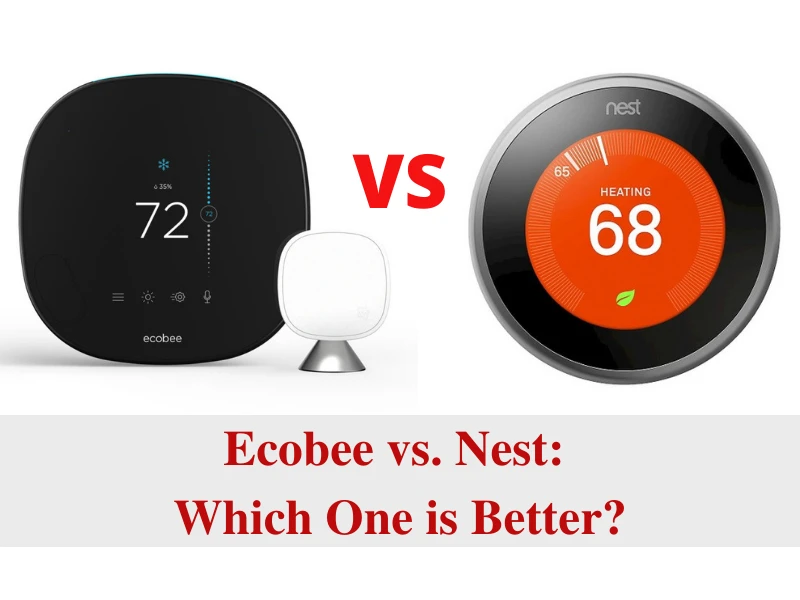Looking for a thermostat to control your home climate while minimizing energy cost? You should consider a smart thermostat! Smart thermostats conveniently maximize your home’s energy efficiency while empowering you to monitor and control the different areas of your home.
Ecobee and Nest are among the two biggest players in the market today when it comes to smart thermostats (we've also done an article about Ecobee3 vs Nest, so check this out if you're interested). They are known as the top-selling brands because of their advanced features at a good price. But which one is the best?
Here, we’re going to review the similarities and differences between Ecobee and Nest so you will know exactly which brand will fit your preferences!
Why Invest In a Smart Thermostat?

Up to this point, you might ask yourself - do I need a smart thermostat? Is it worth the investment?
The answer to this question is entirely up to you. Whether you’re new to home automation or not, you’ll likely be concerned with electricity bills going up each year, just like everybody else. And what about the constant up-and-down adjusting of your thermostat during the summer? It can be a hassle as the hot weather will burn a hole in your pocket while your house is cooling if you can’t efficiently control and monitor your energy consumption.
So, here are a few reasons why you might need to consider a smart thermostat:
Remotely control your HVAC
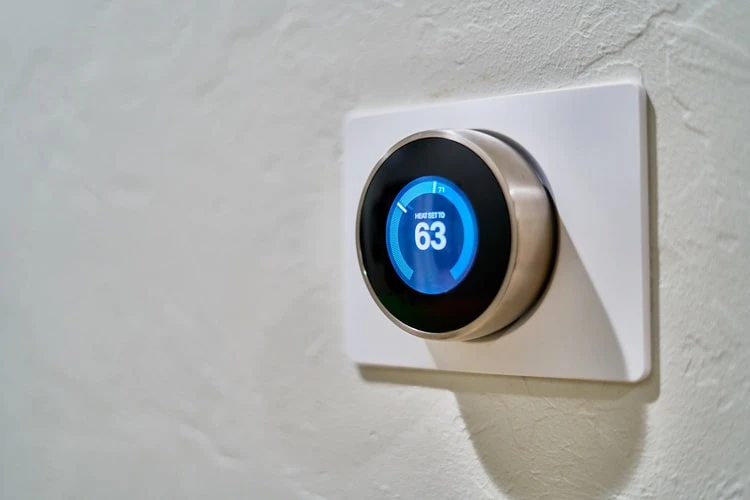
Monitor energy consumption
Reduce energy cost

Smart scheduling
Remote monitoring of your home’s climate
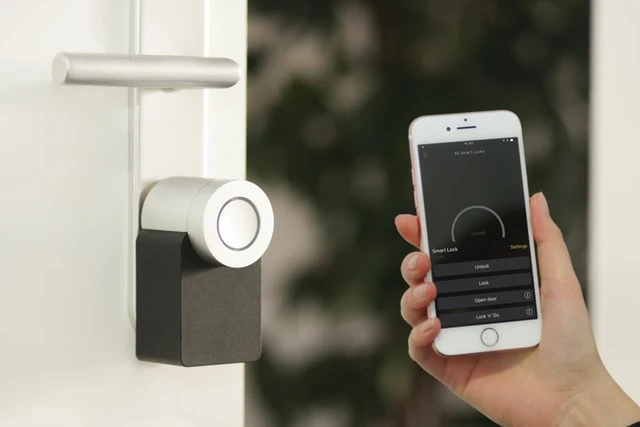
Ecobee vs Nest - the Common Features
Both thermostats offer energy-saving benefits
Both thermostats provide compatibility with other energy devices
Both thermostats can be connected with voice assistants
Both thermostats can be installed using c-wires
Both thermostats offer remote sensors
Ecobee vs Nest - the Differences
Installation
Ecobee
Nest
Design
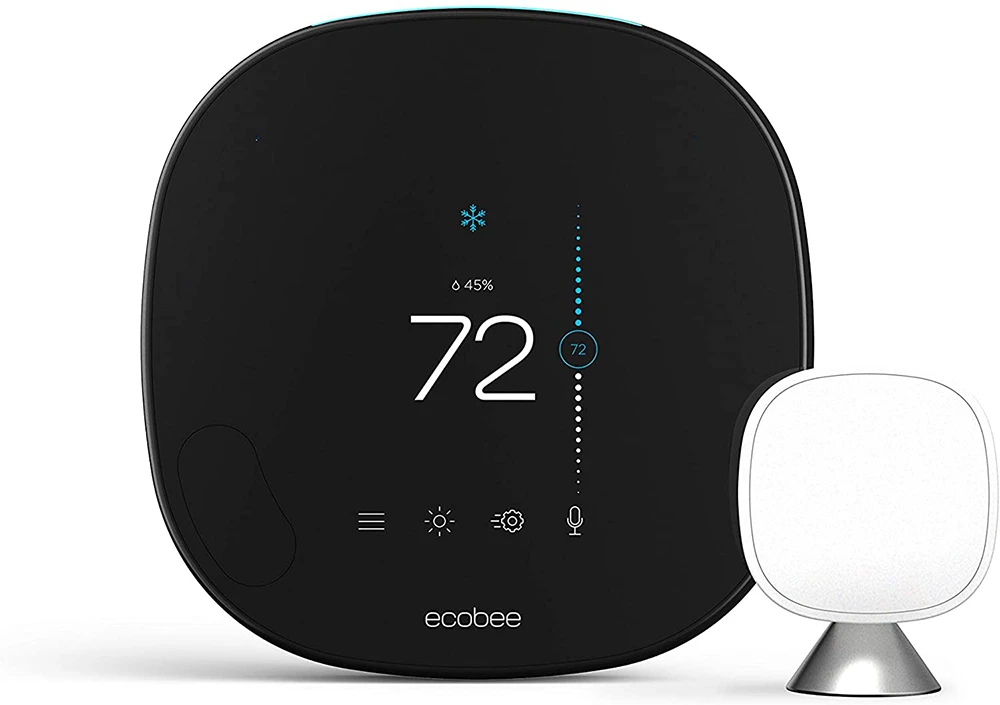
The Ecobee is available in a smooth, black, rectangular design with round edges. It comes with a plastic touchscreen with a size of 3.5” which makes it a little bigger than Nest. The touchscreen is where you can see the display and set-up the controls for your thermostat.
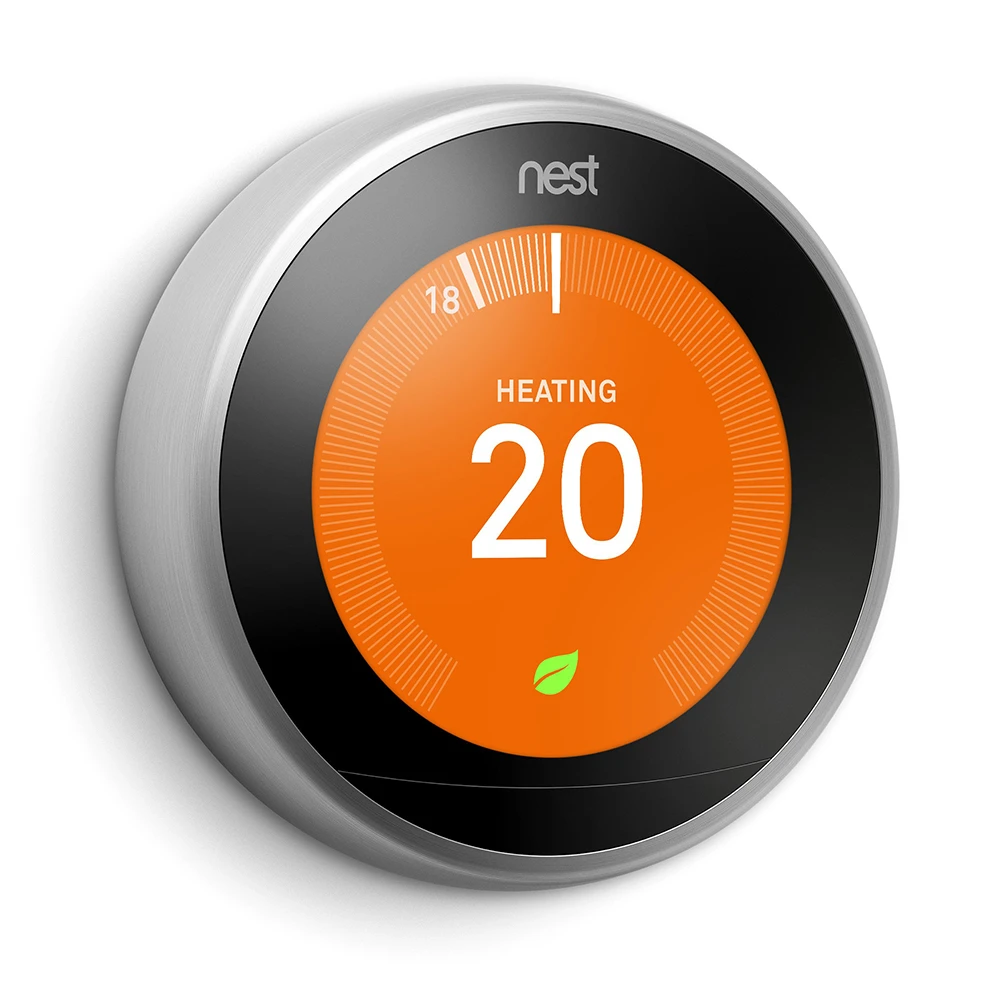
Scheduling Capabilities
Ecobee offers a simple scheduling system that you set manually, whether you’re home, away, or in sleeping mode. You also have to manually set the temperatures to meet your specific needs, and this routine will continue until you make changes in the schedule. Ecobee’s scheduling system doesn’t offer any complex configurations, which limits you to a fixed routine.
Nest, on the other hand, offers an advanced scheduling system called Algorithmic Learning. This feature allows your thermostat device to learn your routine so that it automatically adjusts without manually setting them up from time to time. During the first time you use it, you can make manual adjustments first. Nest will record it and after around two weeks, it will automatically learn your routine and preferences and make adjustments for you. Nest will continue learning your routines and tweak any small changes to meet your changing preferences. But if you prefer the manual setting, you can always turn off the Algorithmic Learning feature.
Energy-Saving Report
Both Ecobee and Nest provide system reports that record and analyze HVAC usage. For Ecobee, the data is recorded and can be accessed for up to 18 months while Nest can only offer up to 10 days of data.
Ecobee has a system called Home IQ wherein you can access features like Home Efficiency and System Monitor to analyze your HVAC usage for a certain period of time. You can even determine your HVAC usage based on local weather. Nest, on the other hand, has a green leaf feature. Everytime you improve your energy usage, a simple leaf icon is given as an indicator that you did a great job by being more energy efficient.
When it comes to energy savings, a survey shows the average Ecobee user was able to save around 23% for both heating and cooling bills while the average Nest user saves around 10% - 12% savings on the heating bills and 15% on their cooling bills.
Compatibility With Third-Party Devices
Nest is compatible with popular smart home hubs and programs like IFTTT, Amazon Alexa, and Google Home Assistant.
Ecobee can also work with Samsung SmartThings, IFTTT, Alexa, and Google Home Assistant. In addition to these popular hubs, Ecobee is also compatible with Apple Homekit (Ecobee4) which has more options than Nest.
Sensors
Both Ecobee and Nest have built-in occupancy and temperature sensors. However, for Nest, these sensors can only be used to monitor the temperature. Ecobee can monitor both occupancy and temperature with an external sensor added when you purchase the device.
If you want to improve the accuracy of monitoring your home temperature, you can purchase more sensors separately, which are available for both Ecobee and Nest.
Geofencing Features
Geofencing is a convenient feature for every smart thermostat because it can automatically make adjustments to your HVACs whether you’re home or not. It uses your phone’s GPS so that your device will know when you’re approaching home or leaving. Both Ecobee and Nest have this feature.
Unfortunately, Ecobee can only support one phone. This can become problematic if you’re leaving home with your phone and other family members are still inside the house. Third-party apps are available to help you set-up the geofencing feature to several phones but this process can add more time and hassle.
Nest knows that geofencing to several phones provides more convenience to its users, so they included a geofencing feature to allow multiple phones to access the app. If one of your family members will be home, the thermostat can automatically make the necessary adjustments. Another feature that makes Nest more advanced is motion detection. Even if all phones connected to the system are in “Away” mode, the thermostat will still know if someone is home (like your kids or caretakers) and make adjustments in the temperatures.
Cost
The cost for Ecobee and Nest can vary depending on the model of the device you choose. Here are the prices we found (note that prices may vary at any time):
Ecobee:
- ecobee3 Smart Thermostat - $150.00
- ecobee4 Smart Thermostat - $198.00
- ecobee5 Smart Thermostat with Voice Control - $239.90
Nest:
- Nest Thermostat E - $169
- Nest Learning Thermostat 3rd Generation - $209.95
Product Warranty
Ecobee vs Nest - The Pros and Cons
Ecobee
Pros:
- Works with several smart home hubs like Google Home Assistant and Amazon Alexa
- Comes with sensors that can both monitor occupancy and temperature
- Works with Apple HomeKit
- Survey shows that Ecobee users have bigger savings in utility bills (up to 23%) compared to Nest users
Cons:
- Geofencing can only support one phone
- Wired installation only
- Scheduling is manually set
Nest
Pros:
- Installation is available both in wired and battery options
- Comes with Algorithmic Learning feature that learns your behavior and create an automatic scheduling
- Longer warranty (up to 5 years) if you avail the Nest Pro installation
- Geofencing supports several phones
- Offers more design options to match your style
Cons:
- Doesn’t support Apple HomeKit
- Remote sensors can only monitor temperature
Key Takeaways
We have reviewed the common features and differences of Ecobee vs Nest so you’ll know which thermostat best suits your lifestyle. Overall, we have learned that Nest offers fancier features when it comes to scheduling (which Ecobee lacks). Nest’s smart algorithm allows the device to learn your routines so that it can automatically make adjustments for you.
If you found this post helpful, please share this with your friends and loved ones!
Hi, I’m Christy, and I’m an electronics engineer by profession. I have taught in a university for 2 years while pursuing my master’s degree in cognitive radio and worked for a company to develop wireless medical devices. Currently, I’m doing research for a doctorate degree in engineering using a wireless sensor network for smart agriculture. I’ve been active in our local IoT community, IoT Cebu, where I participate in conducting talks about Arduino, Raspberry Pi, and DIY home automation using Wi-Fi and ZigBee devices.
